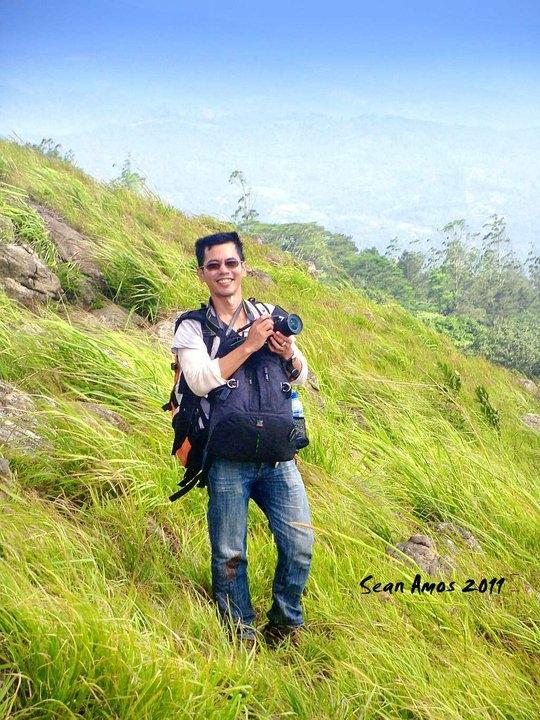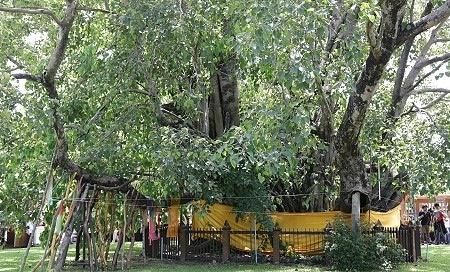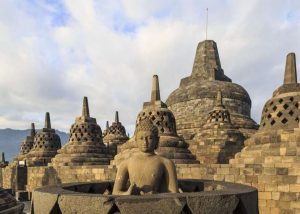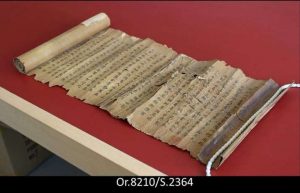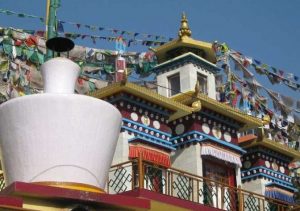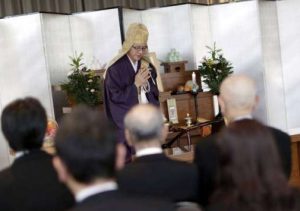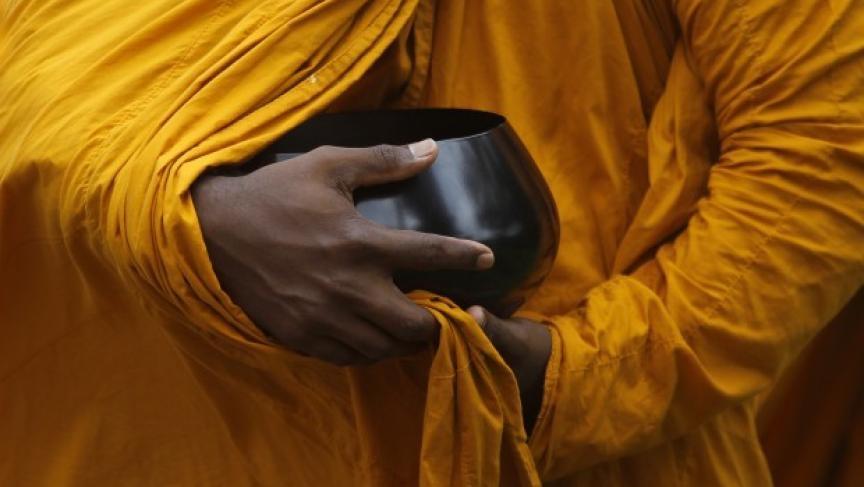
The relationship between Sri Lanka and Thailand spans nearly ten centuries and has a history of mutually beneficial exchanges of ideas, architectural styles, and culture founded on Buddhism, even within a contemporary context. However, it seems that relations were much stronger historically, when Sri Lanka was regarded as the cultural epicenter of Theravada Buddhism, with the ascension of great cities such as Anuradhapura, one of its ancient capitals, and exerted a major influence throughout South Asia, with its strong knowledge of iron and steel technology, literature, and architecture as well as Buddhism.
Between 700 and 1700 CE, Sri Lankan monks and artisans visited many Asian countries, including Cambodia, China, India, Laos, and Thailand, to propagate Buddhist philosophy, literature, and architecture. It is said that a branch of Abhayagiri Temple of Anuradhapura was established in Central Java, Indonesia, and a recent historical study has even proposed that Borobudur Temple was designed by Sri Lankan Buddhist monks from Abhayagiri.* It has also been suggested that a Sri Lankan Buddhist monk and a nun assisted in the assimilation of the Tibetan Tripitaka in the 11th century.* A prime example of such a fruitful Sri Lankan visit is the royal mission in 1353 of a monastic delegation to Cambodia, which also resulted in the introduction of Buddhism to Laos, where a Sri Lankan Buddhist monk became the head of the sangha (Sangharaja).
A former student of the University of Peradeniya in Sri Lanka and a former Buddhist monk in Thailand, Phanuthep Sutthithepthamrong is fascinated by the historical relations between Sri Lanka and Thailand. “Thai Theravada Buddhism as we know it came from Sri Lanka,” he says. “We assume Buddhism arrived in Thailand on its southern shores while the Davaravati kingdom flourished between the 6th and 12th centuries.” During this period, the city of Anuradhapura, home to the three great monastic centers of Mahavihara, Abhayagiriya, and Jetavana, was an international center for the dissemination of Theravada Buddhism.
Monks from Thailand also went to Sri Lanka: “There are historical records that say Buddhist monks from Nakhon Si Thammarat in the south of Thailand arrived in Sri Lanka in the 13th century for their Dhamma studies,” says Asitha Dissanayake, a history enthusiast who is studying early Buddhism at the University of Colombo, adding that “King Parakramabahu II of Sri Lanka [r. 1236–71] had official relations with King Rama Khemeng of Sukothai [r. 1279–98] and gifted Sri Lankan-made Buddha statues to Thailand, which were valued immensely; they were valued to such an extent that regional Thai kings even fought each other to own them.”
A number of Sri Lankan archaeologists working in Thailand, such as Mendis Rohanadeera, have discovered artifacts that further support the history of a strong bilateral relationship between the two countries. One such relic is a 27-line inscription found in Dong Si Maha Pot temple in Prachinbury Province, of which 13 lines are a Pali translation of the 3rd century Sri Lankan poem Telakatahagatha. In addition, copies of the Sri Pada or Buddha’s footprint rock formation found on the summit of Sri Pada mountain in Sri Lanka and a Bodhi tree believed to have been brought by a monk from the ancient Sri Lankan capital of Anuradhapura in the 8th century were found near Dong Si Maha Pot.
Despite the strong historical ties between the two countries, contemporary cultural and religious exchanges between Thailand and Sri Lanka are not quite as vibrant. It seems that after the official royal communications in 1753 initiated by the Sri Lankan king Kirthi Sri Rajasinghe (r. 1747–81) to resurrect the monkhood in Sri Lanka, relations with Thailand faltered. Internal political disputes and the arrival of the colonial rulers made Sri Lanka a desolate place for religious studies and Buddhism. Meanwhile, Thailand had its own internal concerns that began after a British settlement was established on Penang in 1786, and in 1893 a war with France, which was trying to occupy Siamese territory. These domestic issues minimized contact between the two countries until ties were restored in the post-colonial era. Sri Lanka and Thailand re-established formal diplomatic relations in 1955.
While there are some observable differences in the way Theravada Buddhism is practiced in Sri Lanka and Thailand, the underlying principles remain the same. “Thai Buddhist monks beg for food every morning but I didn’t see such a practice during the time I was in Sri Lanka,” recalls Phanuthep Sutthithepthamrong, comparing the time he spent in Sri Lanka as a postgraduate student with his experiences as a Buddhist monk in Thailand.
“It’s wonderful to meet Buddhist monks in lines begging for food when we go out in the morning in Thailand. I think the reason it’s not done in Sri Lanka is because the temples receive ample food from the communities. However, I personally think [that giving alms] is a good method for taming our ego and for practicing the concept of dana [giving]. In addition to that, [Thai monks] dress slightly differently to Sri Lankan monks. We do not cover both shoulders and we also use a belt to tie the robe around the waist.”
Sri Lankan monk Venerable Pujapitiye Sujatha has visited Thailand on several occasions. An avid meditator, he spent about a year as a forest monk there before returning to Sri Lanka. “One aspect of Thai Buddhist life is that they practice it in a more practical way—their society has an interesting balance and everything is accepted instead of rejecting without reason,” he says. “As a result, Thai society is friendlier and more tolerant than Sri Lankan society in general. They are able to have ultra-commercial cities like Bangkok and Pattaya as well as forest monasteries like Wat Pah Nanachat in Ubon Ratchathani Province, where all monks are supposed to follow the 227 sila, or rules governing ethical conduct under the Noble Eightfold Path. Even the people of Thailand have more ways to practice Buddhism by daily chanting, meditation, and dana, which they must engage in every morning when Buddhist monks beg for food. It’s a good society and Buddhism is practical there.”
Similar traditions and equally powerful schools of Buddhist thought have given rise to great Buddhist cities in both Sri Lanka and Thailand. Ancient Theravada Buddhist cities such as Ayutthaya in Thailand and Anuradhapura in Sri Lanka enshrine the remnants of once great civilizations that declined due to domestic strife and colonial influences. Although culturally disparate, modern Thailand and Sri Lanka share a cultural foundation that deserves to be explored further. Such studies could help restore the once close relationship between these two cultural epicenters in Asia.
* See Sri Lanka’s role in the spread of Buddhism in South East Asia (The Sunday Times)
References
Brown, Robert L. 1996. The Dvaravati Wheels of the Law and the Indianization of South East Asia. Leiden: Brill Academic Publishers.
Rohanadeera, Mendis. 1988. “The Noen Sa Bua inscription of Dong Si Maha Bo, Rachinbury – New Evidence on Cultural Relations Between Sri Lanka and Dvaravati Kingdom.” Journal of the Siam Society 76: 89–99.———. 1987. “Telakatahagatha in a Thailand inscription of 761 A.D – New Evidence of Cultural Relations Between Sri Lanka and the Dvarawati Kingdom of Thailand.” Vidyodaya Journal of Social Science 1 (1): 59–73.
Wijayawardhana, G. H. 1993. Thai Sri Lanka Religious Relations – 18th Century. Colombo: Pradeepa Publishers.
Wimalasena, L. N. 2007. “Buddhism Based Historic Bilateral Relationship Between Sri Lanka and Thailand in the Period 1000–1500 CE” (translated title). Sambasha 15: 673–706.See more
Cultural Exchanges between Thailand and Sri Lanka (Lotus Communications Network)


